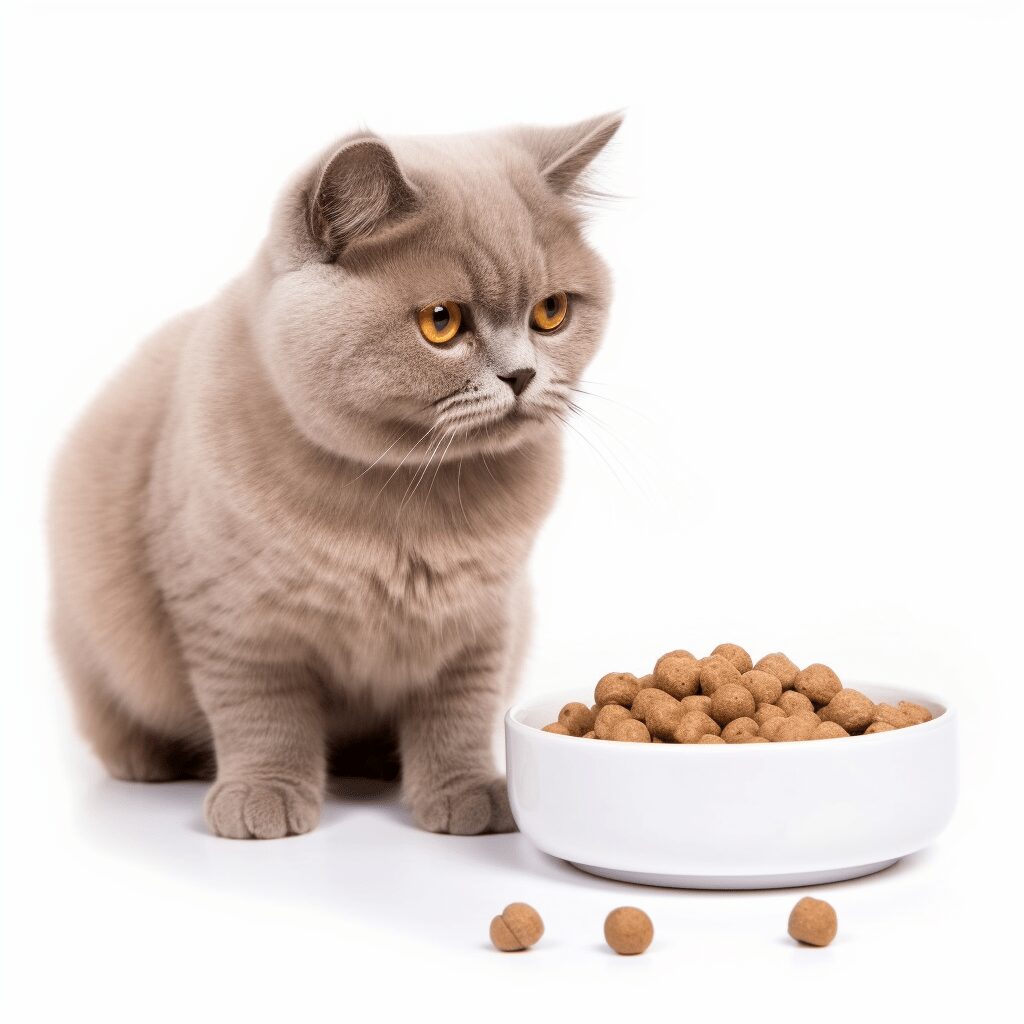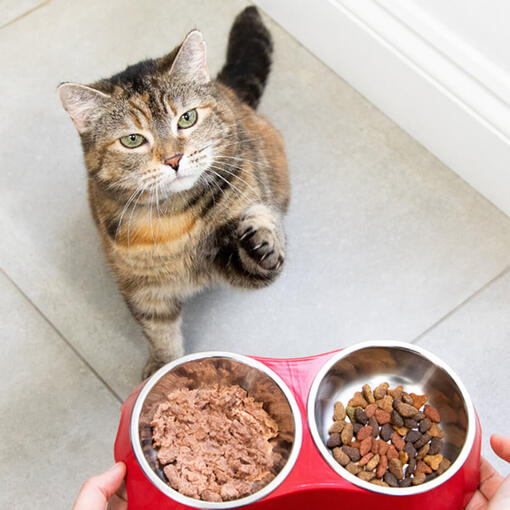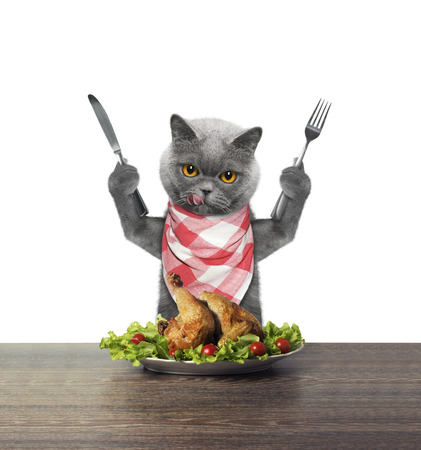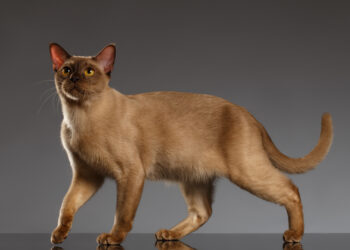Quote: “Understanding what goes into your cat’s food is crucial for their health and well-being.” – Veterinarian Expert
Choosing the right cat food is paramount to ensuring your feline companion’s health and longevity. As conscientious pet owners, we often find ourselves navigating through a sea of options, each claiming to be the best. But what truly distinguishes quality cat food from the rest? It all boils down to the ingredients. This article delves into the common ingredients found in cat food, separating the beneficial from the potentially harmful, to empower you with the knowledge needed to make informed choices.
Understanding Cat Food Labels
Before diving into specific ingredients, it’s essential to decipher cat food labels. Terms like “natural,” “grain-free,” and “premium” can be misleading without understanding the regulatory framework governing pet food labeling. The Association of American Feed Control Officials (AAFCO) sets standards for nutritional adequacy, guiding pet owners in selecting appropriate diets for their cats.
The Good: Essential Ingredients for a Healthy Cat
1. Protein Sources
Proteins are the building blocks of a cat’s diet, crucial for muscle development and overall health. High-quality protein sources such as deboned chicken, turkey, or fish should top the ingredient list. These provide essential amino acids that cats cannot synthesize on their own.

2. Healthy Fats
Fats sourced from chicken fat, salmon oil, or flaxseed are beneficial for maintaining your cat’s skin, coat, and immune system. Omega-3 and Omega-6 fatty acids play a vital role in reducing inflammation and promoting a shiny coat.
3. Vitamins and Minerals
A balanced cat food includes vitamins like A, D, E, and B-complex vitamins, along with minerals such as calcium, phosphorus, and potassium. These nutrients support immune function, bone health, and overall vitality.
The Bad: Ingredients to Avoid
1. Fillers and By-products
Low-quality cat foods may contain fillers like corn, soy, and wheat gluten. These ingredients lack nutritional value and are used as inexpensive substitutes for protein. By-products, such as chicken by-product meal, often include parts of animals deemed unfit for human consumption.

2. Artificial Additives
Artificial colors, flavors, and preservatives like BHA, BHT, and ethoxyquin can be harmful to your cat’s health. They have been linked to allergies, skin irritations, and long-term health issues. Opting for natural preservatives like tocopherols (vitamin E) is preferable.
3. Excessive Carbohydrates
While cats require minimal carbohydrates in their diet, excessive amounts from grains or potatoes can lead to obesity and diabetes. Look for cat foods with moderate carbohydrate content primarily from digestible sources like brown rice or sweet potatoes.
Challenges in Choosing the Right Cat Food
Navigating through the plethora of cat food options can be overwhelming. Challenges include deciphering labels, understanding nutritional needs based on age and health status, and addressing specific dietary sensitivities or allergies.

- Label Confusion: Misleading marketing terms can obscure nutritional content.
- Health Considerations: Cats with medical conditions require tailored diets under veterinary guidance.
- Ingredient Sensitivities: Identifying and avoiding allergens or intolerances specific to your cat’s needs.
Conclusion
Selecting the best cat food involves careful consideration of ingredients that promote health and well-being while avoiding harmful additives and fillers. By prioritizing high-quality protein sources, beneficial fats, and essential vitamins and minerals, you can provide your cat with a balanced diet that meets their nutritional requirements. Remember, informed choices today contribute to a healthier tomorrow for your beloved feline companion.





















